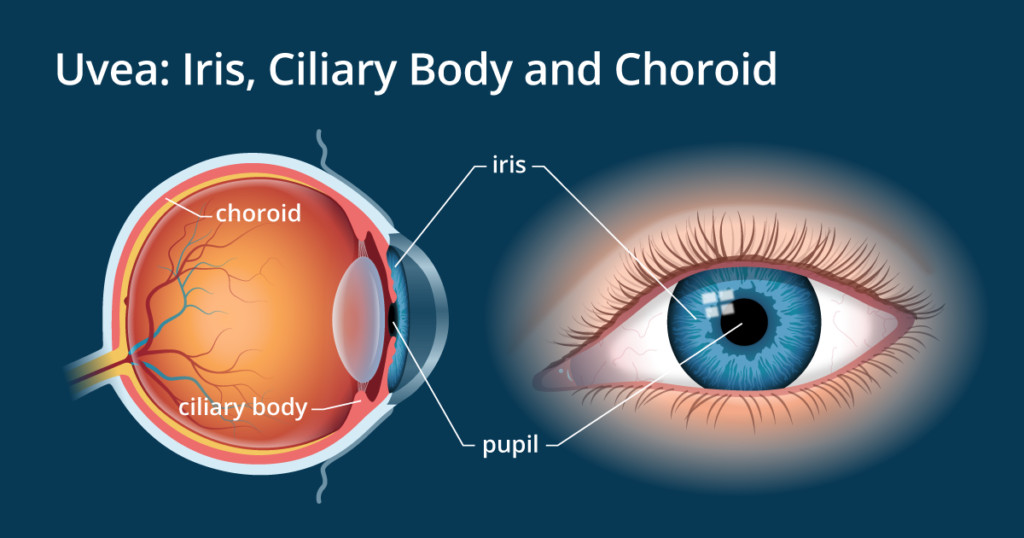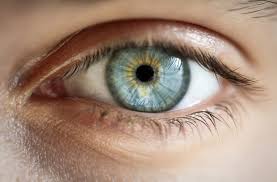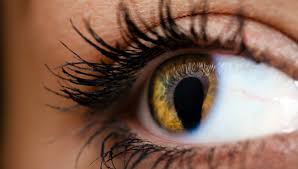Iris and Eye: Understanding the Function and Conditions

The iris and eye work together to control light intake and vision clarity. The iris is the colored part of your eye, made of muscle and connective tissue, and surrounds the pupil. A healthy iris plays a critical role in eye function and overall visual health.
Explore how the iris supports vision, common conditions that affect it, and when to seek care from Louisiana Eye & Laser.
What is the Iris?
The iris is part of the uvea, the eye’s middle layer, which also includes the choroid and ciliary body. It controls the pupil size, regulating how much light enters the eye. In bright light, the iris contracts the pupil. In darkness, it widens to improve visibility.
The amount of pigment in your iris determines your eye color. Some people have more melanin, which results in brown or black eyes, while others have less, leading to blue or green shades.
What Does the Iris Do?
Controls light intake through pupil size
Responds to changes in lighting
Impacts eye color
Supports sharp and focused vision

Conditions Involving the Iris
Routine eye exams can detect iris-related problems early. Below are some conditions affecting the iris and eye:
Iritis (Uveitis)
Iritis is inflammation of the iris. It may cause light sensitivity, pain, redness, and blurred vision. Treatment includes anti-inflammatory eye drops or oral medications. In severe cases, immunosuppressive therapy may be needed.
Synechia
Synechia occurs when the iris sticks to nearby structures like the cornea or lens. This can distort the pupil and potentially lead to Glaucoma. Treatment often involves prescription eye drops.
Iris Coloboma
A congenital defect causing a keyhole-shaped pupil, coloboma can lead to light sensitivity and blurry vision. Specialty contact lenses may help improve vision and appearance.
Iris Melanoma
This rare condition is a cancerous tumor in the iris. Though uncommon, early detection through annual eye exams is crucial. Treatment may involve surgery or radiation, depending on the tumor’s size and growth.
Iris Nevus
An iris nevus is a harmless freckle. However, if it grows or changes, it may become a concern. Monitoring through annual exams helps detect any potential malignancy early.
For more information on eye cancer and rare eye diseases, visit National Eye Institute – Eye Health (NEI, 2024).
When to See an Eye Doctor
Schedule a visit if you notice:
Changes in eye color or pupil shape
Pain, light sensitivity, or redness
A freckle on the iris that changes in size
Blurred or distorted vision
Timely diagnosis and care can protect your sight. Visit any of our locations for expert care.





